PPC is a type of internet marketing in which advertisers pay a fee for each time their ad is clicked. It's a fantastic way to get fast exposure and results, especially compared to organic search engine optimization (SEO), which takes more time to yield results. But then again, PPC campaigns must be well-planned, strategically keyworded, with enticing ad copy and strong landing pages to work.
Most companies are not successful with PPC because they either don't organize their campaigns correctly or don't regularly monitor and optimize them. In this blog, we will give you a full checklist to follow so you can be sure your campaigns are running at their best. At the end of this guide, you'll have the knowledge and tools you need to optimize your PPC results and achieve your marketing objectives.
Setting Clear Goals for Your PPC Campaign
Your PPC campaign requires set goals that are measurable before beginning ad creation. Setting achievement goals is essential since they enable both measuring success and effective optimization.
Some common PPC goals include:
- Lead generation: The advertising campaign should enable users to submit their contact information, including email addresses and phone numbers, by creating web forms or downloadables.
- Sales: The product page URL should be provided to guide users toward conversion, resulting in purchases.
- Brand awareness: Your product needs enhanced market presence to reach more prospective customers.
- Traffic: Your website's visitor counts need to rise together with the number of people viewing your landing page.
Your defined goals will guide your PPC strategy development process since they provide parameters for selection. A fundamental goal selection will guide your choice between appropriate keywords and platforms, as well as bidding strategy decisions.
Choosing the Right PPC Platform
Finding the correct PPC platform stands as an essential need because different business types work differently with varying audience segments. Various platforms exist for customers to pick from since every platform offers distinct advantages. Among available platforms for PPC, these are several of the most well-used options:
- Google Ads: Users can execute search ads, display ads, shopping ads, and video ads on this platform due to its status as the most popular PPC platform available. Companies that need to target clients at different points of their purchasing journey should select this platform.
- Facebook Ads: The platform provides exceptional abilities to reach users based on their demographic profiles and preference characteristics. Facebook provides multiple advertisement options as well as advanced user segmentation features.
- Bing Ads: A less competitive alternative to Google Ads, with a slightly different audience (older demographics or specific niches).
- LinkedIn Ads: This advertising platform is tailored to B2B organizations that need to connect with business professionals using their job roles and business sectors for targeted marketing.
- Twitter Ads: Twitter Ads offer a powerful solution to boost approval of specific campaigns, together with brand awareness, along with event promotions in resent times.
Opt for advertising on the platform where your chosen audience devotes most of their online experience. You should not use all platforms for your advertisements since this spreads your budget unnecessarily. Devote your advertising effort exclusively to the platform generating maximum returns on investment (ROI).
Conducting Keyword Research
PPC campaigns require comprehensive keyword research for their top performance through the campaign cycle. Your advertising will be displayed to the most suitable audience because keyword research allows you to understand the search terms that your targeted audience uses to find products/services similar to yours.
Your first step should include generating a list of keywords which directly match your business description. Google Keyword Planner along with Ubersuggest or SEMrush allow you to both enhance your current list while discovering appropriate related terms. You should concentrate on employing long-tail keywords composed of at least four related words to achieve lower competition while using more suitable keywords.
Business success requires negative keywords to be added into your planning process. Your ads will prevent displaying words that you mark as negative keywords. Users seeking less expensive items should be kept away from your luxury items through avoidance of keywords like "discount" and "cheap" in your PPC strategy.
Crafting Compelling Ad Copy
After you have picked your keywords, the next move is to write tasty ad copy because, in either way, your potential target audience should not be left behind. Good Ad Copy Should Be Able To Do The Following:
- A clear value proposition: Tell your users what makes your product/service unique. Despite if it is an edge feature, special offer, or solution to the pain users have, let your want be clear at whatever users select you.
- A super strong call-to-action (CTA): Tell users what action you expect them to perform. Your CTAs can be as simple as “Sign up today”, “Free report,” or “Shop now,” but they must make it very easy for the user to understand what your site is going to do for them.
- Keywords: Include your specific target keywords in the ad copy so that the user will know this is relevant to the searched queries he/she want to find out about.
Remember to keep your ad copy short, clear, and to the point. Users are often scanning through multiple ads, so your message needs to be easy to understand quickly.
Designing Effective Landing Pages
The success of converting visitors who click on your ad depends highly on a well-designed landing page. Web visitors will abandon the site right away if the landing page contains irrelevant content or bad design. Your landing page will be effective when you follow these best guidelines:
Consistency with the ad:
The content along with design elements on your landing page should duplicate the offerings present in the ad that users clicked. The landing page requires the same promotional discount that the advertisement originally stated.
- Clear headline: Your headline should use a direct approach to display what users will receive.
- Easy navigation: The user experience will improve when your page allows easy navigation. The page needs straightforward organization while providing users with instant access to what they require.
- Fast loading speed: When pages take time to load, users tend to exit from sites immediately. Your landing page needs to optimize its speed-to-load because each page delay leads to reduced performance.
- Trust signals: Strategies that add trust signals including customer reviews and security badges enable you to demonstrate credibility in order to minimize customer concerns during the purchasing process.
The landing page should guide users through a process that leads them toward completing essential actions such as form completion or purchasing items.
Setting Up Ad Targeting
The correct success of ad campaigns depends heavily on choosing effective targeting methods. Most PPC vendors present users with numerous targeting solutions, including:
- Demographic targeting: The targeting options include demographic factors which include age range and gender together with location specifications and income brackets and other details.
- Geographic targeting: PPC platforms permit targeting users who live in particular countries, reside within certain cities or particular neighborhoods.
- Device targeting: Your marketing campaign should deliver specific ads through desktop and tablet, and mobile devices.
- Behavioral targeting: The system enables advertisers to show their ads to individuals who have displayed specific past interactions on their website or while browsing online.
A strategic implementation of your budget depends on effective targeting practices. The more detailed your audience definitions become the better your ad performance will be.
Budgeting and Bidding Strategy
PPC budget planning is vital for your campaign because it helps prevent financial expenditure beyond expectations. The budget you set depends on both your advertising goals through various platforms. Among your bidding choices are three distinct methods, which include:
- Cost-per-click (CPC): You will only need to pay whenever a person selects your advertising material through a click. The CPC bidding strategy stands as the dominant PPC bidding model utilized by most advertisers.
- Cost-per-thousand impressions (CPM): Your advertising payment equates to the number of times your advertisement appears one thousand times to viewers who will not always click on it.
- Cost-per-acquisition (CPA): Your payment relies on user activity completion where they reach the specified goals like form completion or buying required items.
Start marketing expenses with minimal amounts then modify these sums according to your advertising campaign performance. You should examine your budget frequently to stop losing money through ads that fail to generate sales.
Ad Extensions and Enhancements
The additional information in ad extensions creates a better visual appeal for your advertising content. Some popular ad extensions include:
- Sitelink extensions: Send visitors to particular web pages.
- Call extensions: The ad lets users contact you directly through a built-in calling function.
- Location extensions: Display both your official business location and all stores that are near the target users.
- Review extensions: Display customer reviews or ratings.
Your advertisements gain more visual interest by using extensions which create both strong visual appeal and heightened value for the user. Your overall ad performance will enhance due to these extensions which also improve Click-Through Rates.
Tracking and Analytics Setup
Tracking functions as an essential process which reveals your advertisement performance details. Your advertising monitoring should include conversion tracking for essential user activities which could involve form submissions and purchases together with phone calls. Your website behavior tracking efforts get enhanced through the implementation of Google Analytics and Google Tag Manager.
Important metrics to track include:
- Click-through rate (CTR): The number of visitors who select your advertisement as a response to viewing it.
- Conversion rate: Users who successfully carry out the intended action form the percentage of total users.
- Cost per conversion: The total cost you must pay for every conversion stands as your main concern.
- Return on ad spend (ROAS): The income you earn from ads reflects the amount you dedicated to advertising.
Using these metrics allows you to base your decisions on data, which helps evaluate your campaign requirements.
Regular Monitoring and Optimization
PPC management requires continuous attention since the process keeps running indefinitely. You need to inspect your promotions regularly through performance analysis, which enables necessary modifications. Here are some optimization tips:
- Pause underperforming ads: A nonperforming ad should be put on hold for testing fresh versions.
- Test different ad copies: The AB test method lets you confirm which ad versions connect better with audience members.
- Adjust targeting: You should concentrate your promotional activities on segments that show higher conversion rates.
- Refine your keywords: The crucial steps include keeping certain keywords and eliminating others based on their actual performance.
By continuously optimizing your campaign, you can ensure that your ads deliver the best possible results.
Common Mistakes to Avoid in PPC Campaigns
Various substantial errors occur frequently among advertisers who operate PPC campaigns. These include:
- Targeting too broadly: Your advertising budget should steer clear of customers who have no interest in your product. Identify the exact audience for your targeting.
- Not using negative keywords: Your ads will prevent display when users make irrelevant searches because you add negative keywords to your ad groups.
- Not optimizing for mobile: The contrary user base depends heavily on mobile access, requiring both advertisements and landing pages to deliver optimized mobile compatibility.
- Ignoring data: Not assessing your ad performance along with making required changes will result in unnecessary advertising expenses.
Your PPC results will increase while return on investment grows when you stay away from these mistakes.
Conclusion
A successful PPC initiative demands additional elements beyond the mere preparation of advertisements and financial resource allocation. PPC success requires firms to develop thorough strategies and choose their target audience along with regular analysis and constant improvement of ads and performance monitoring. The complete PPC checklist provides all necessary steps to enhance ad performance which enables better achievement of marketing goals.
Correct implementation of PPC delivers powerful marketing value as an advertising tool. Ongoing campaign tests, along with adjustments and improvements, will guarantee your long-term achievement. A well-planned strategy and appropriate approaches enable you to direct significant website visitors who will convert into customers. Happy advertising!
Now, if you have any questions or doubts related to this, then you can contact us at AHIT. We hope our expert team will contact you soon and will give perfect guidance.



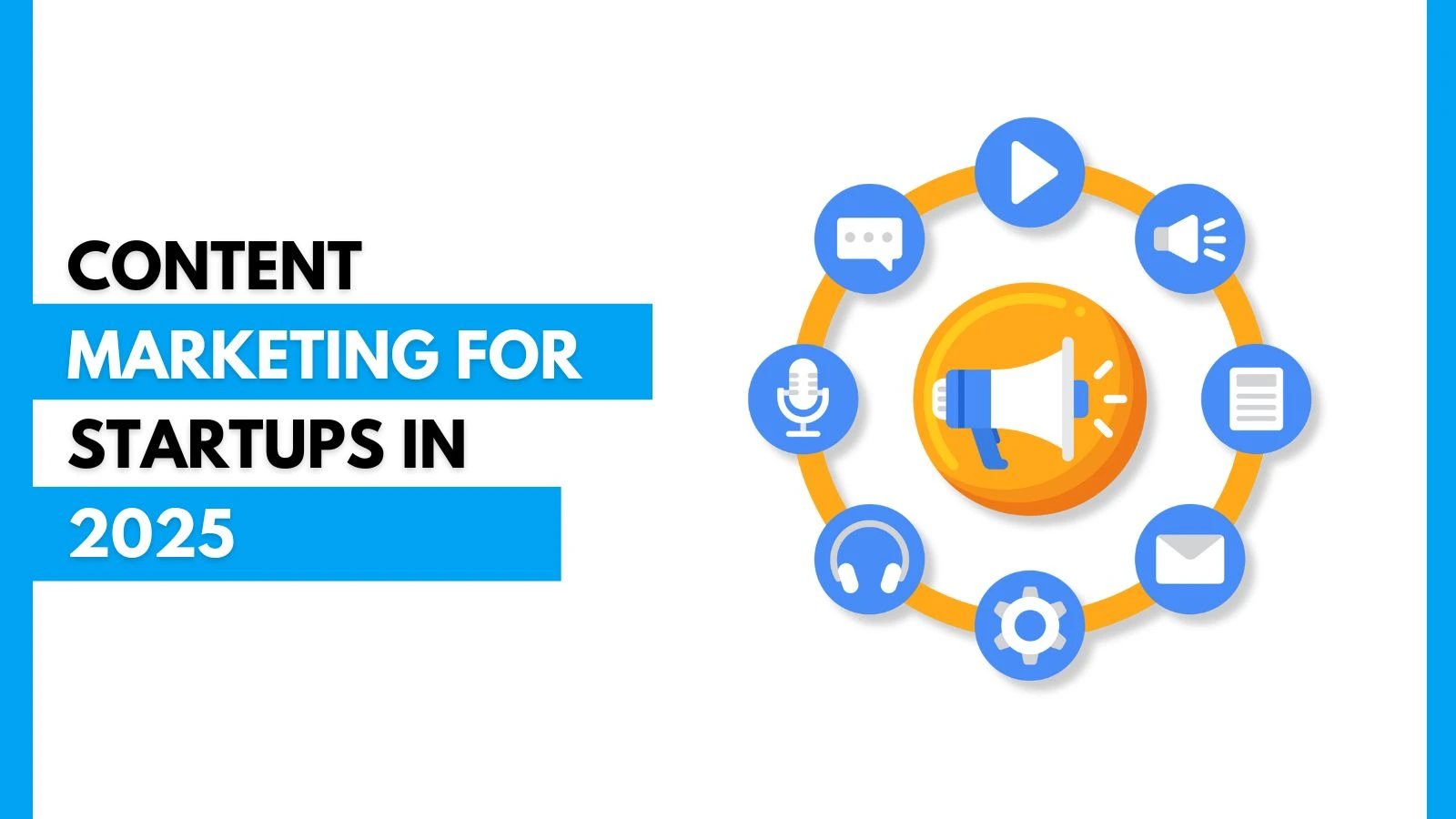
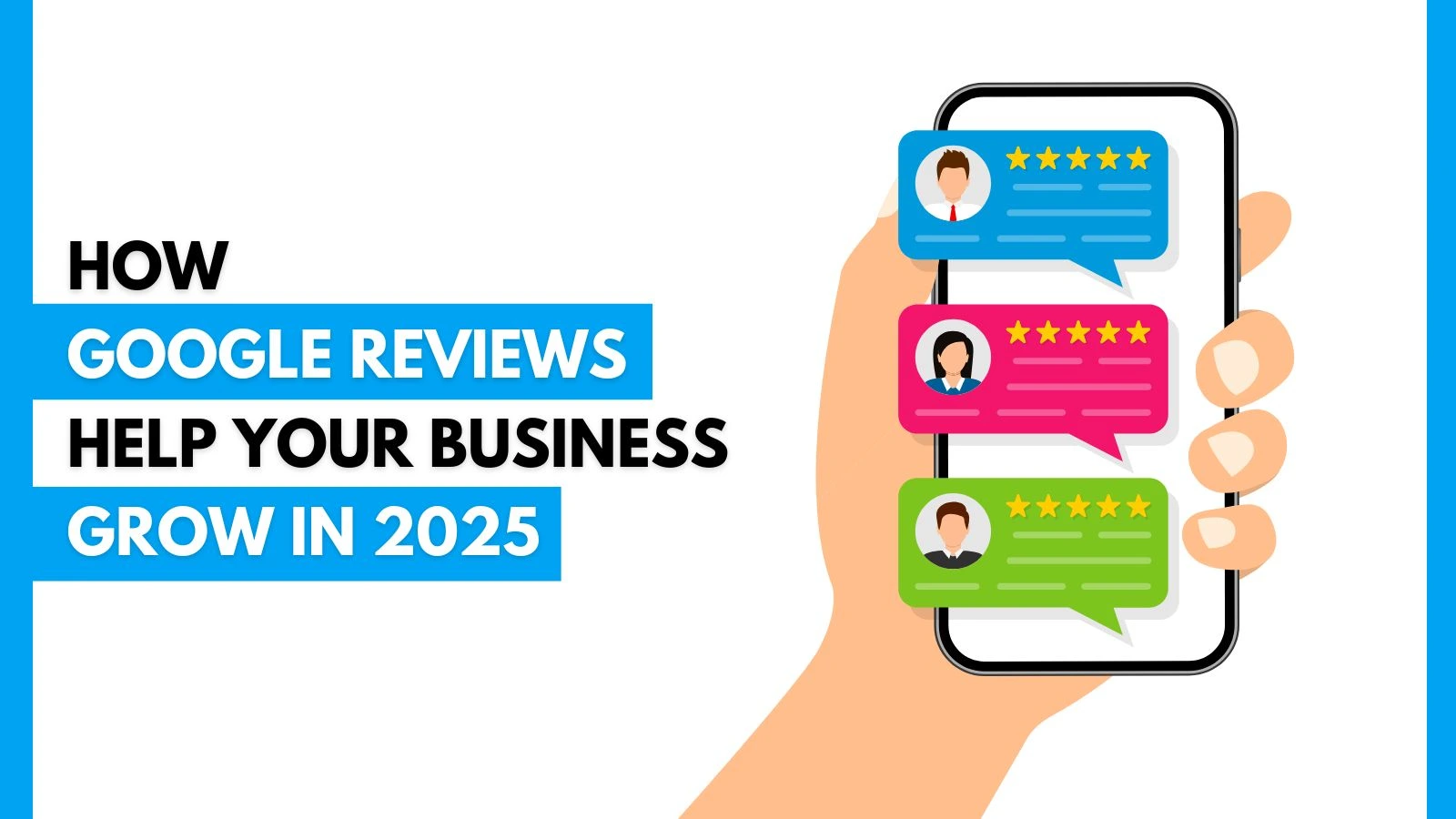
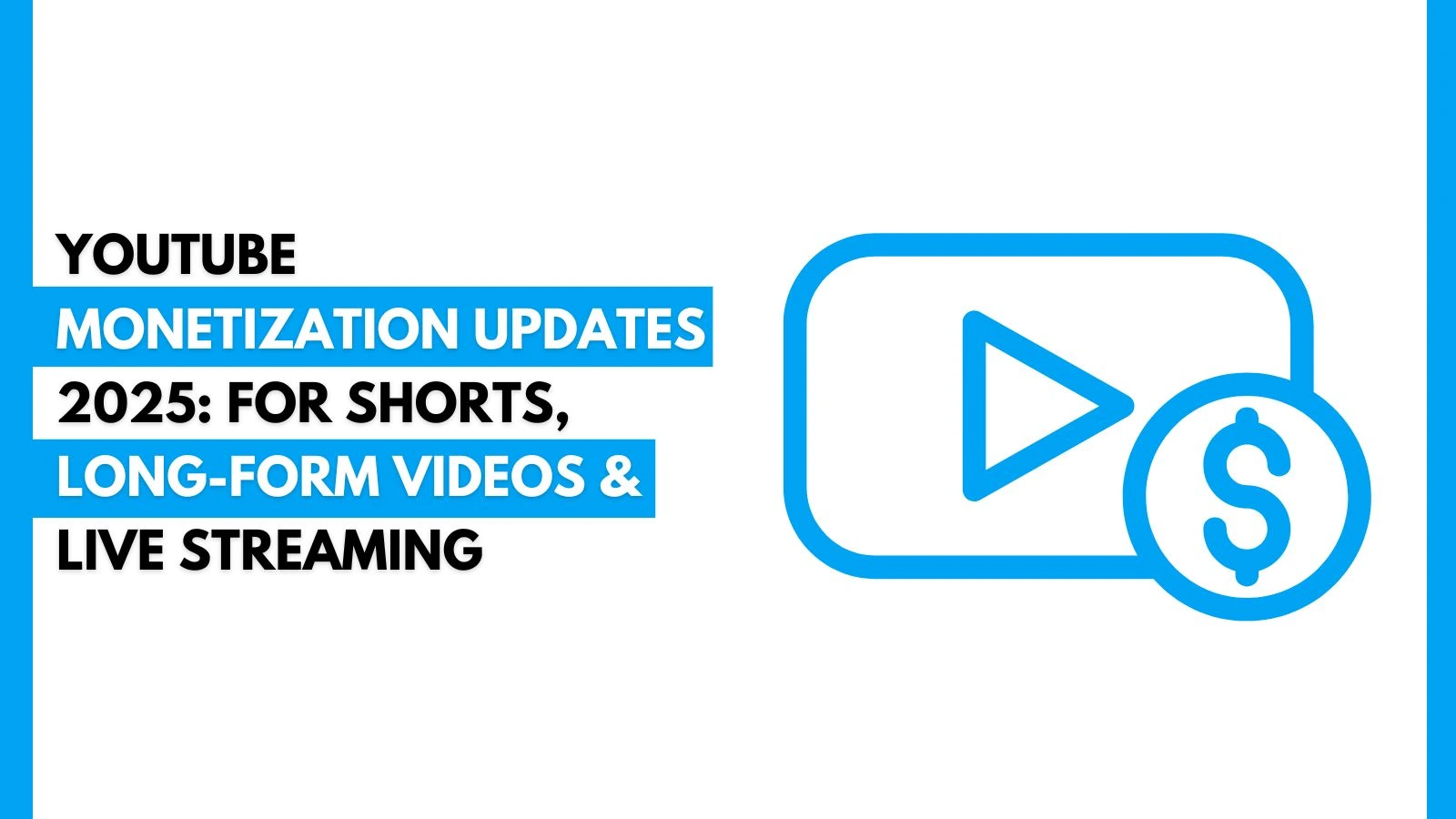
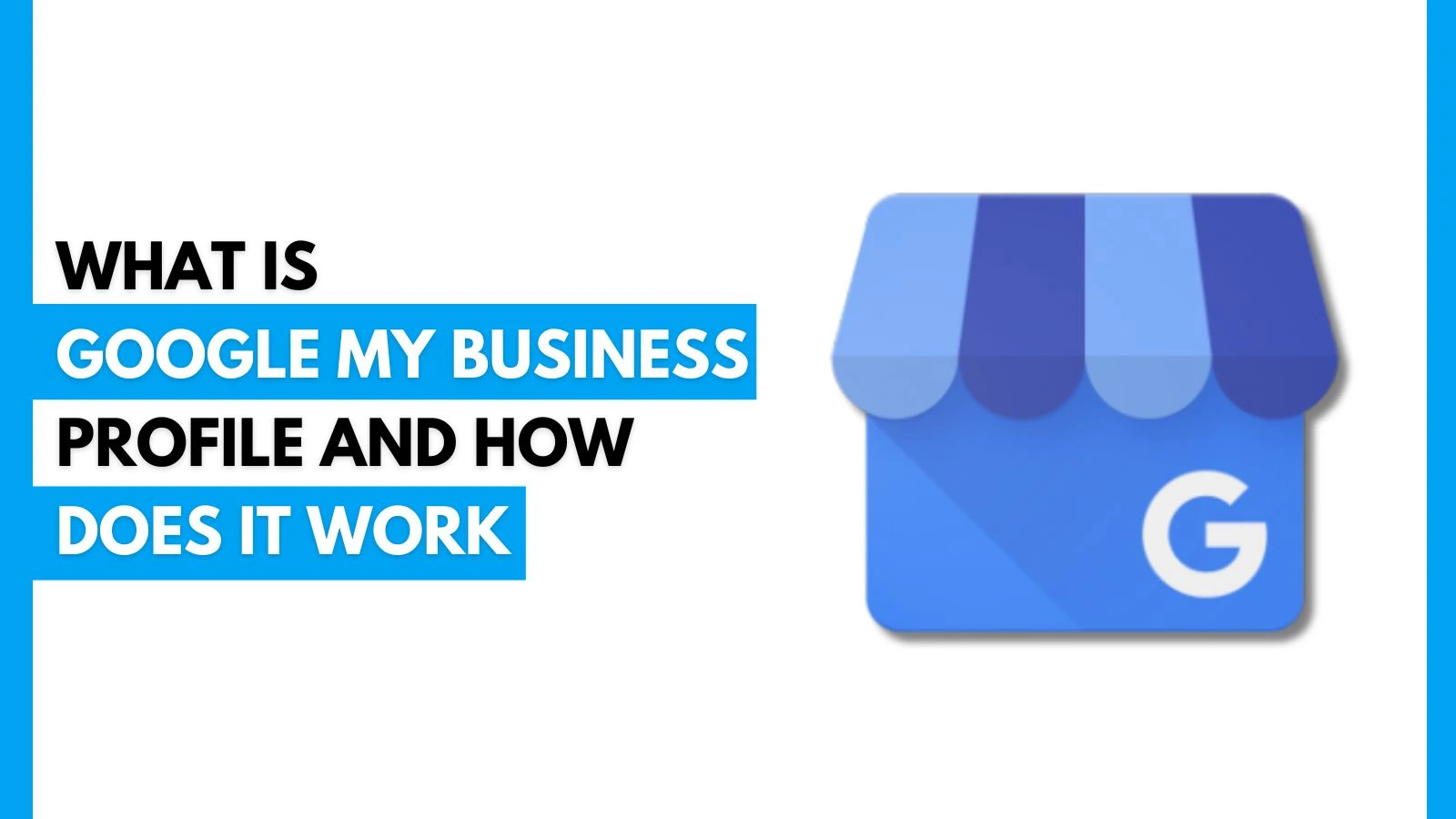
.webp)
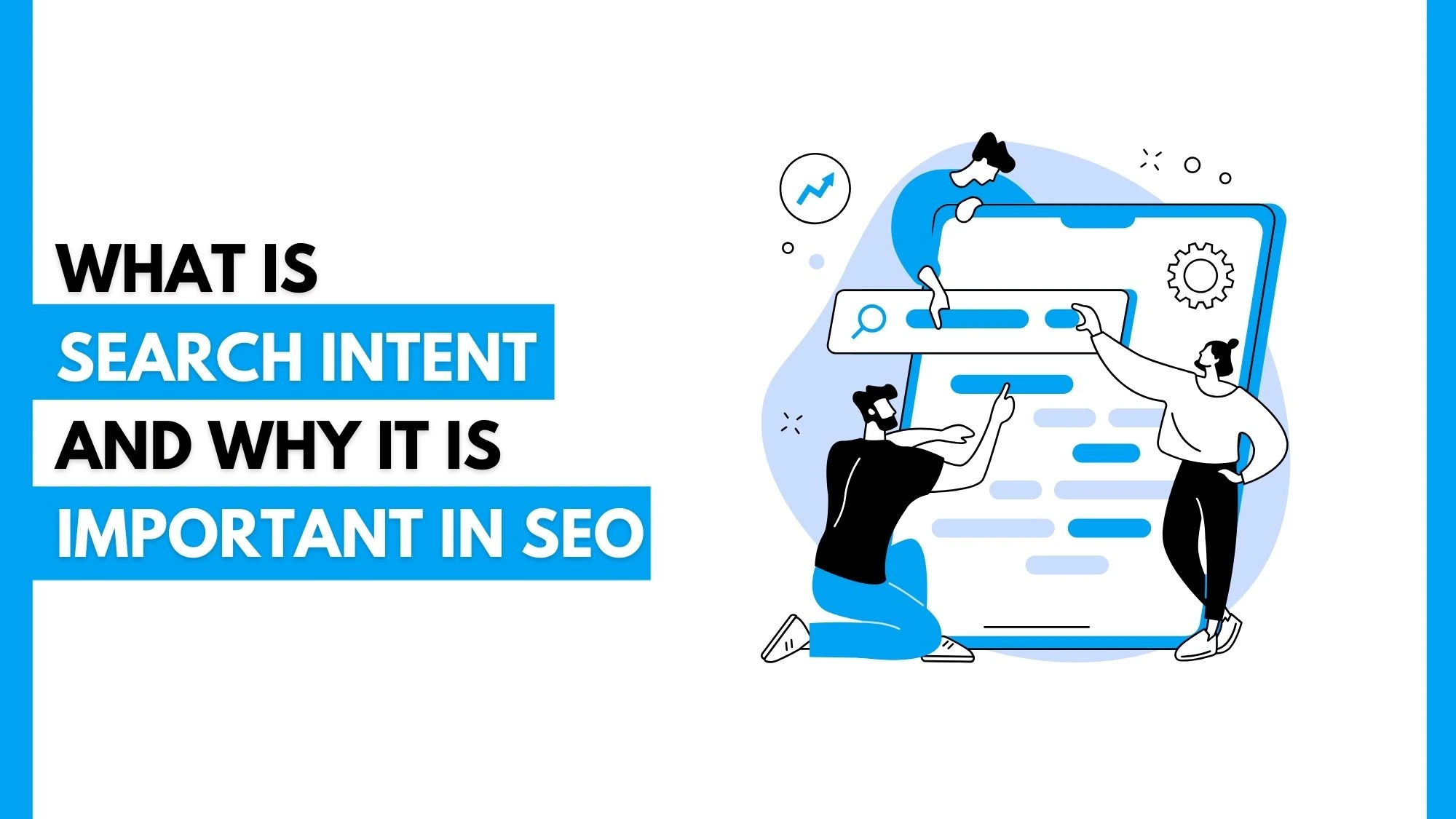

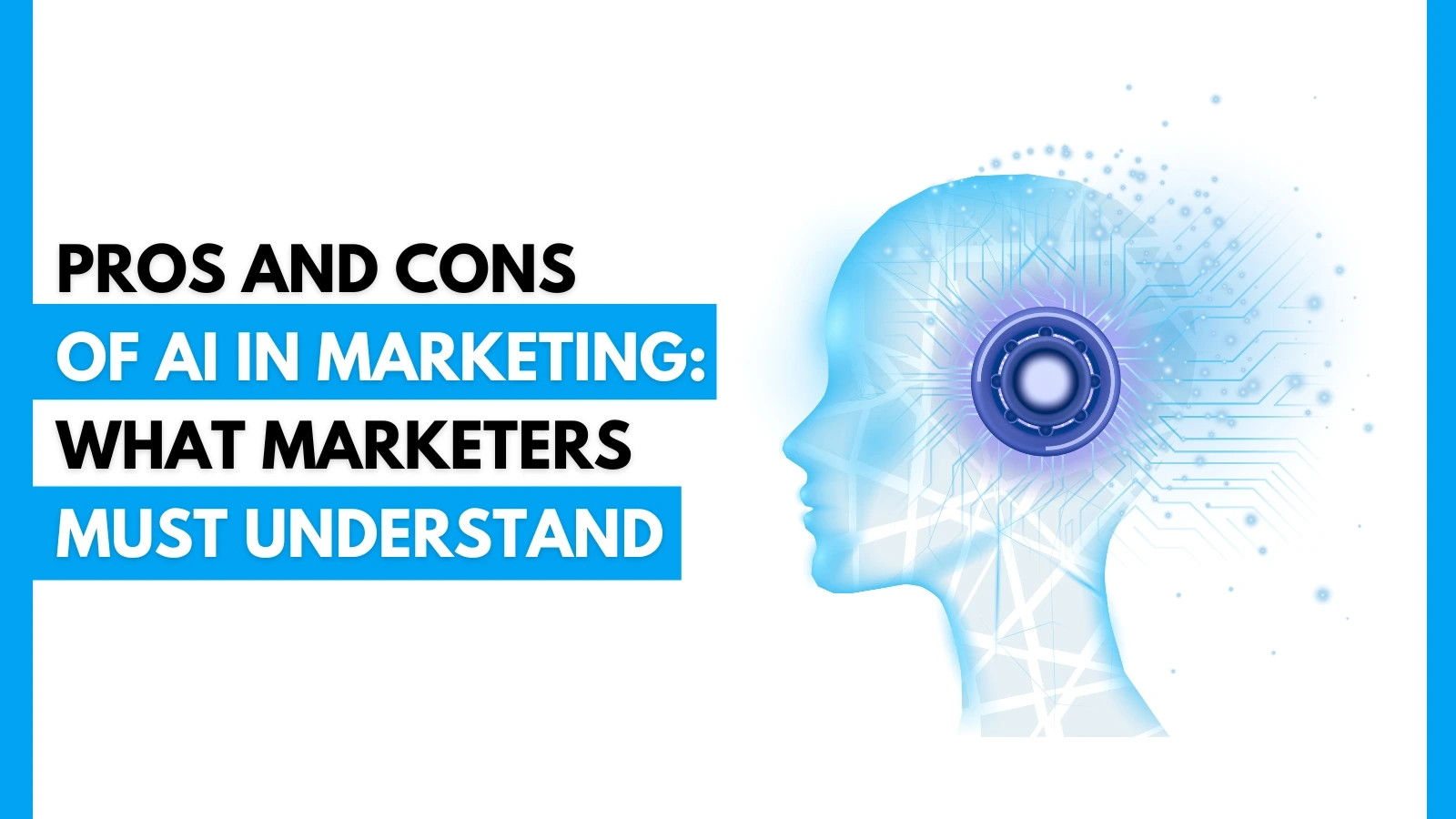
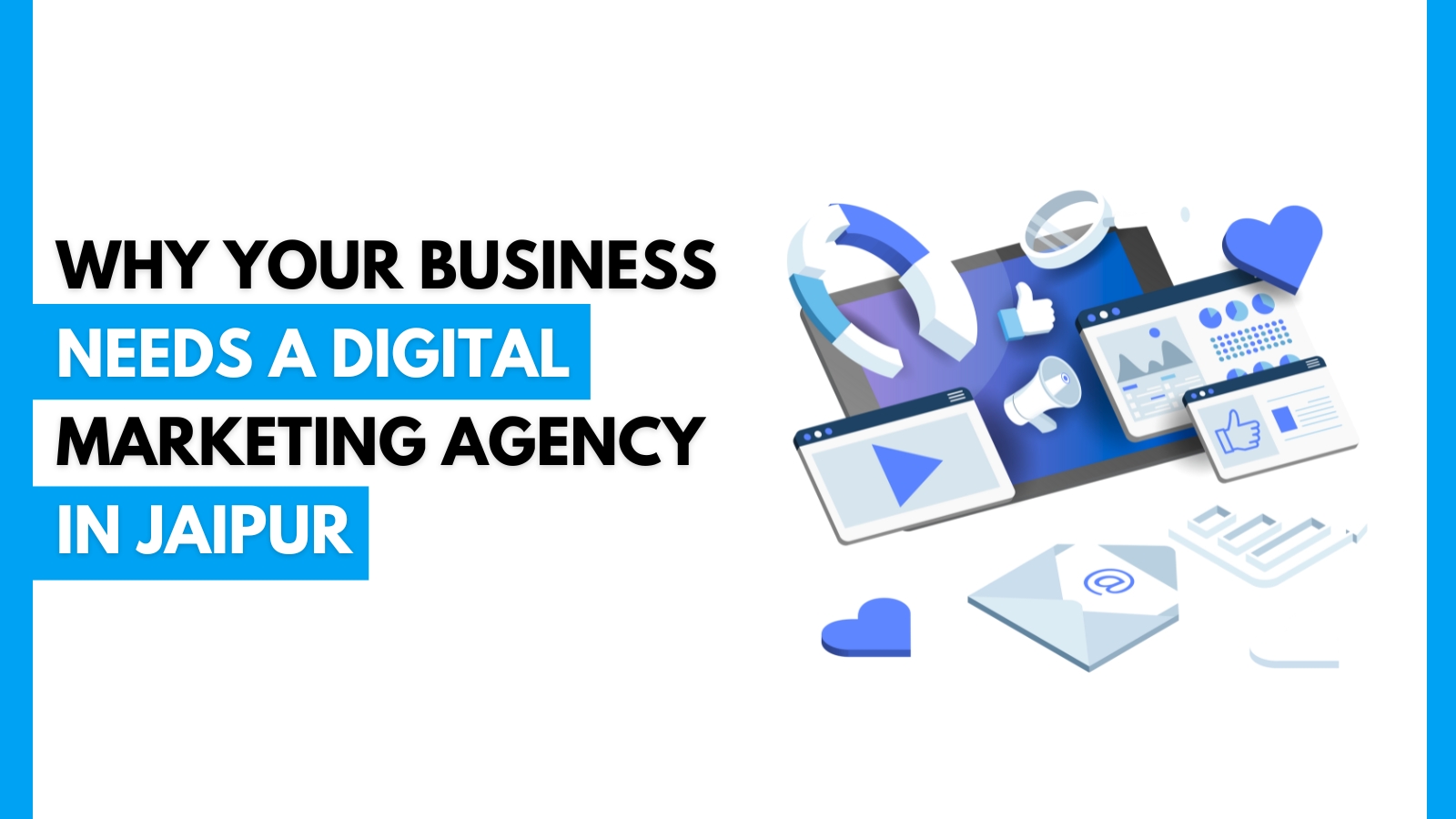
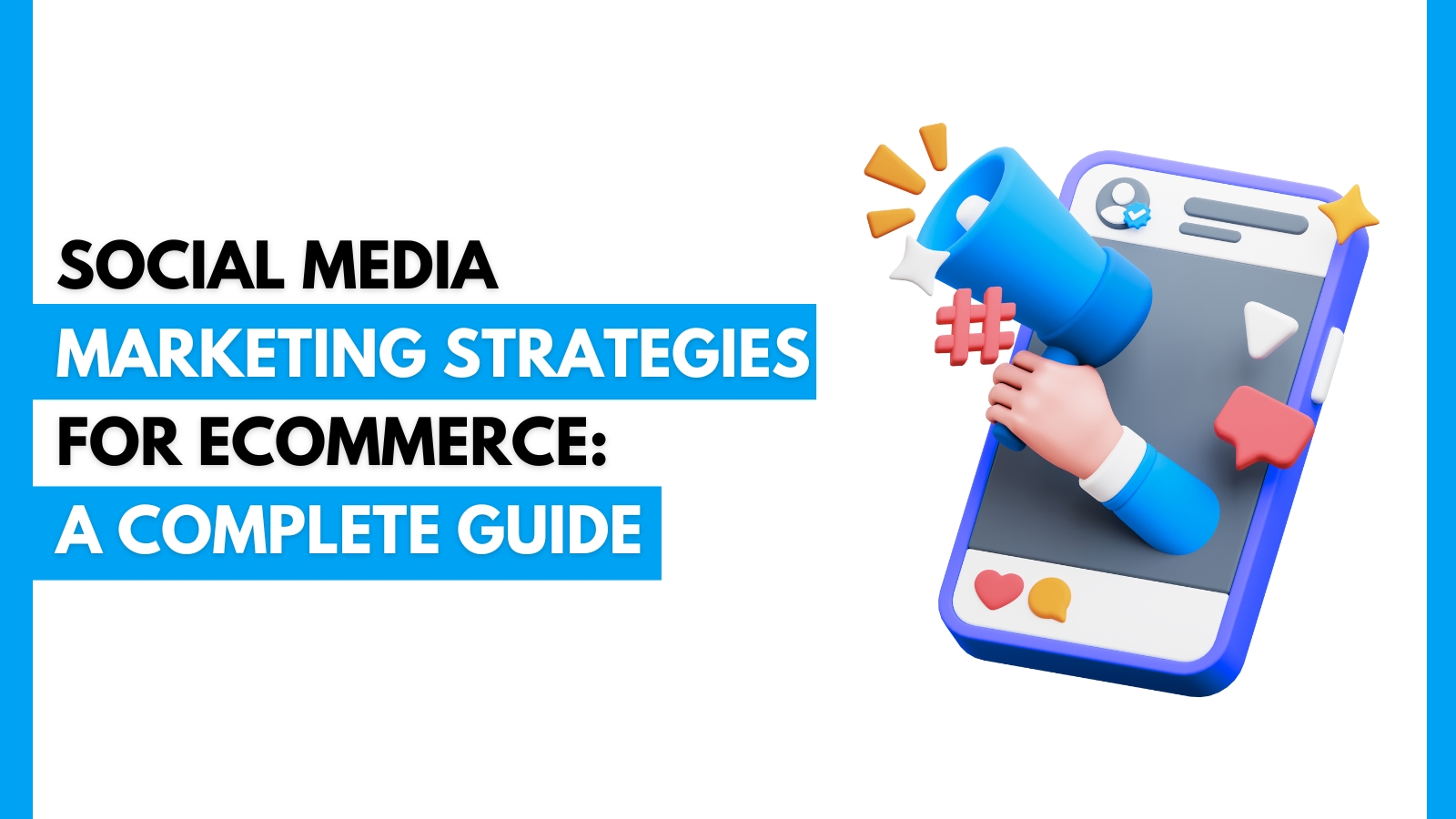

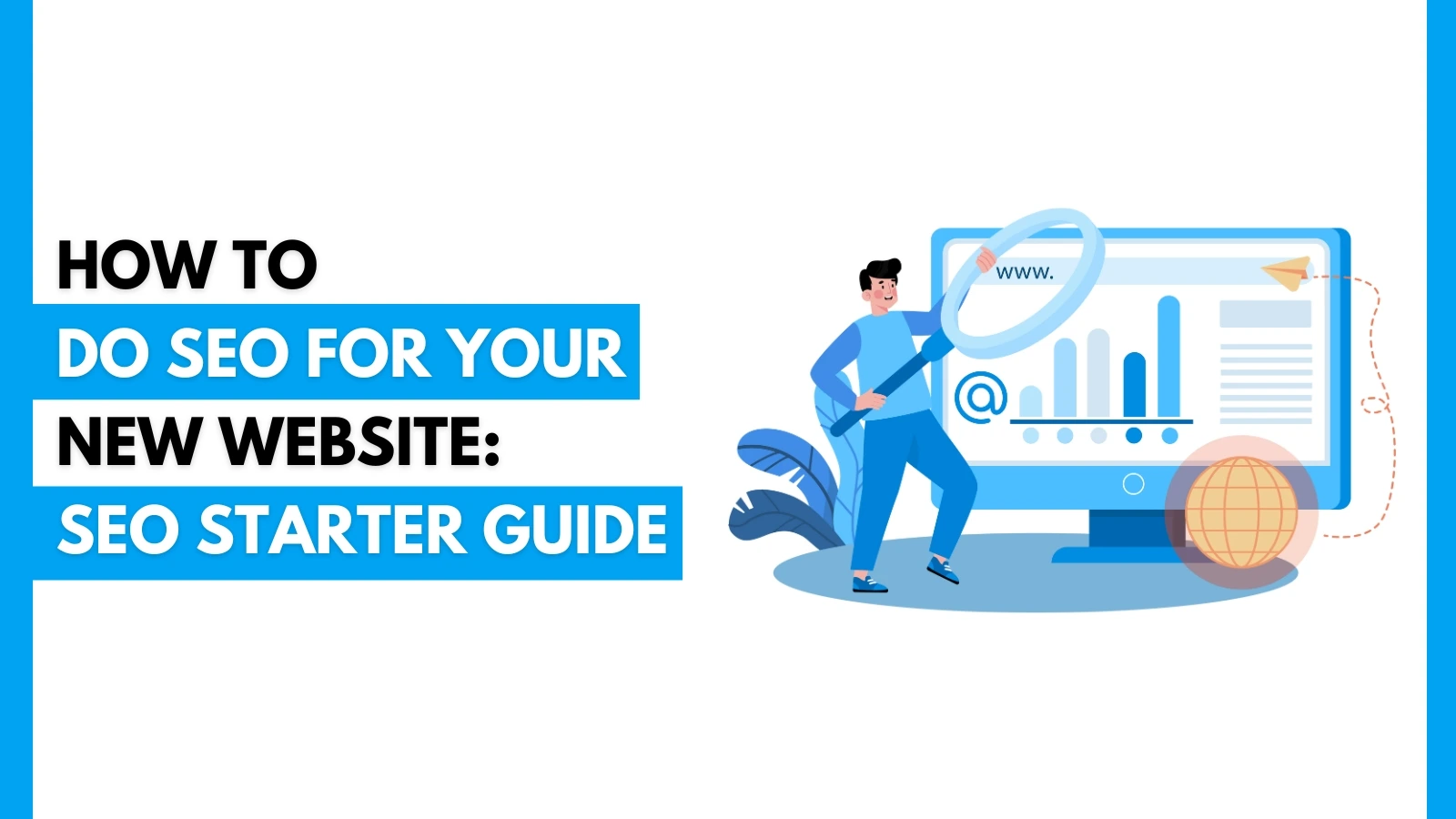
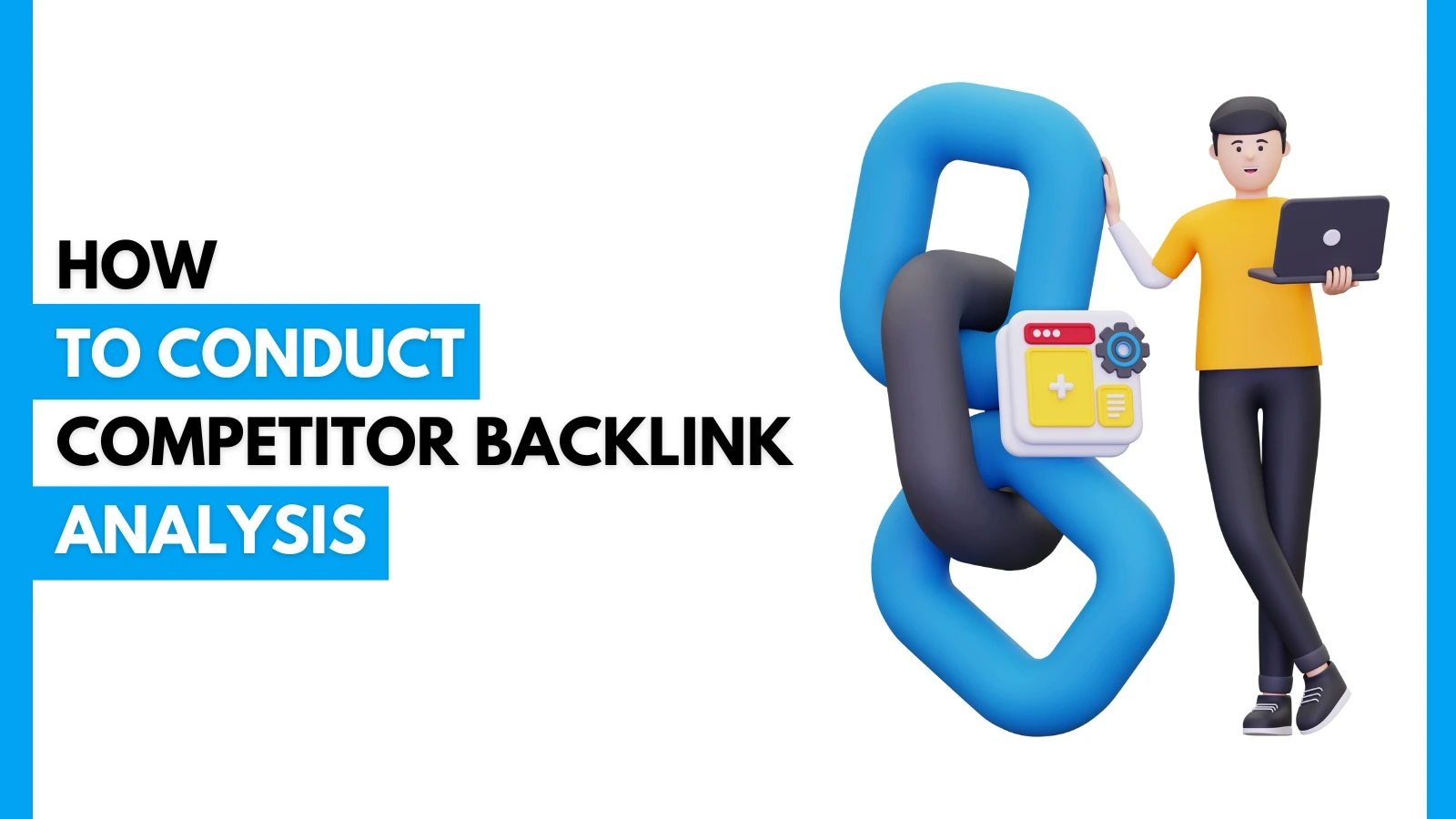
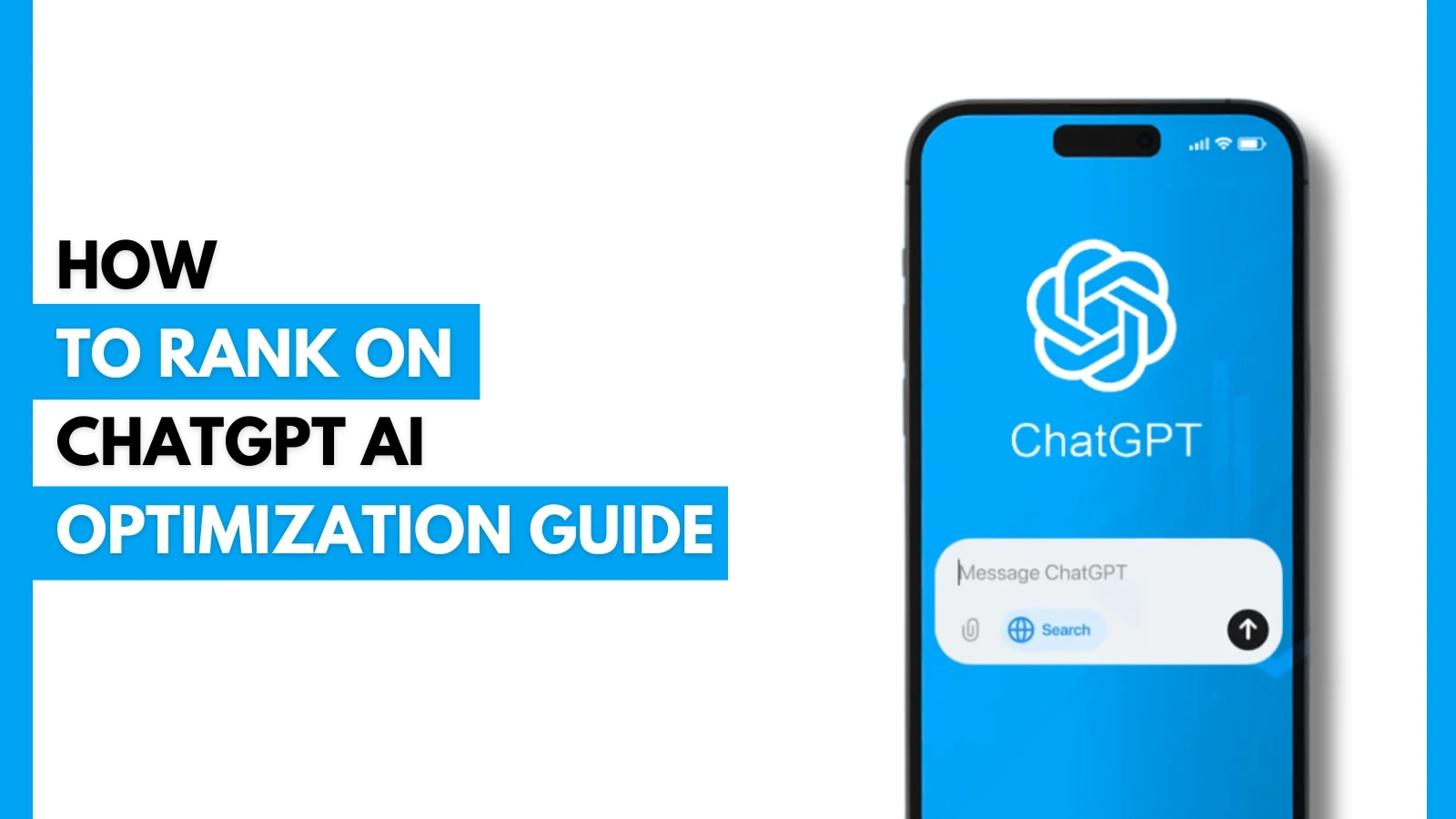
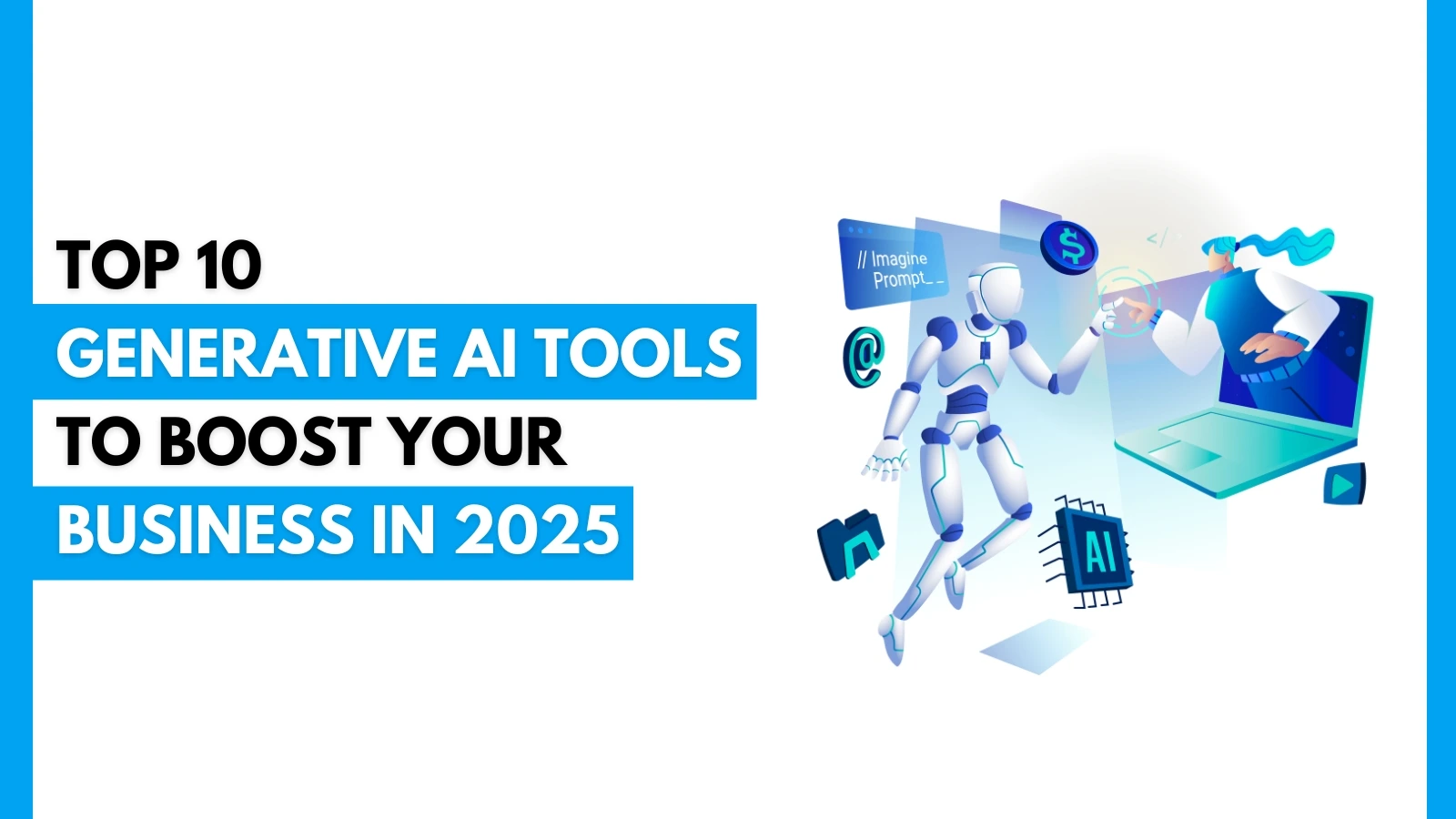
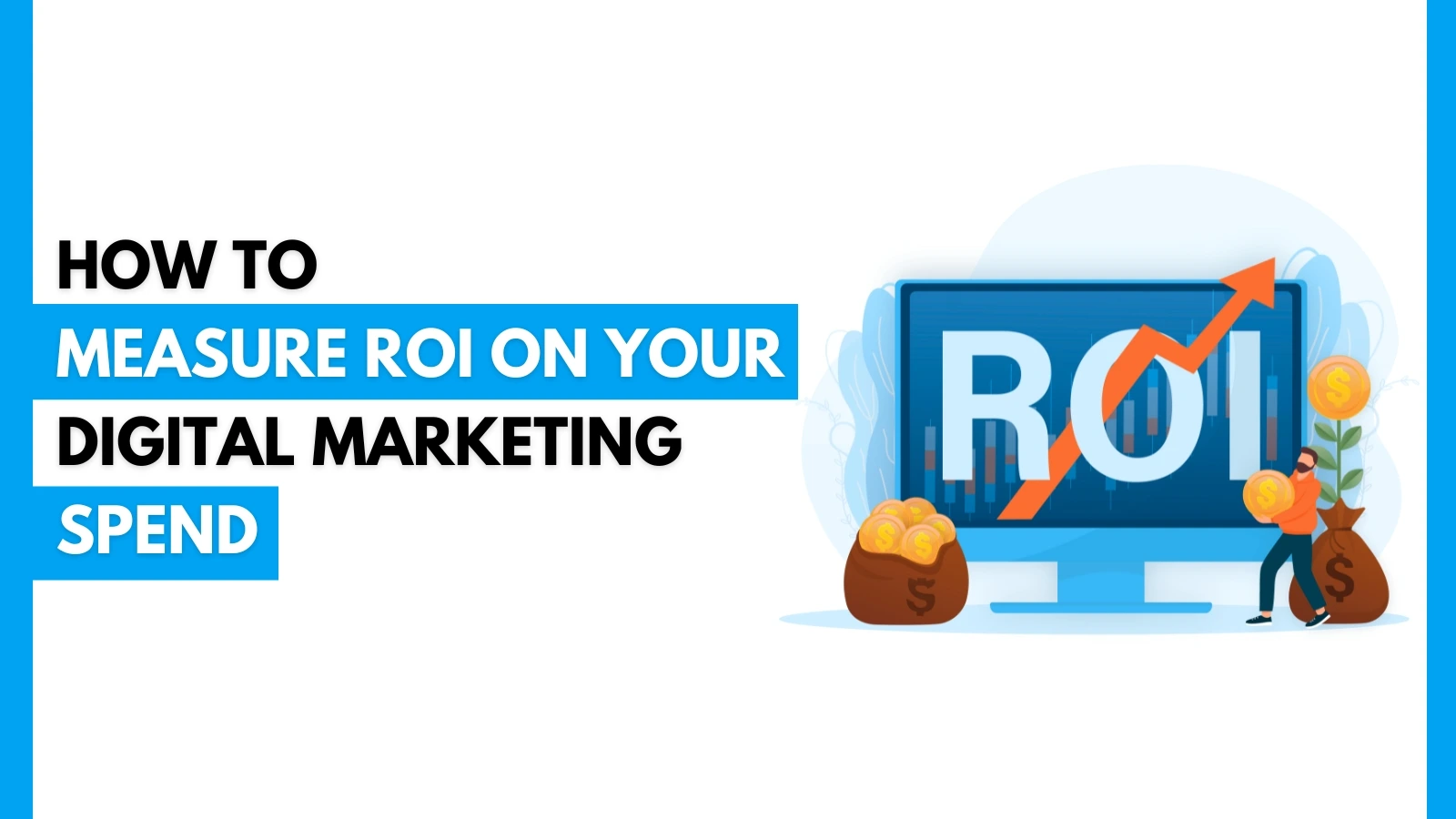
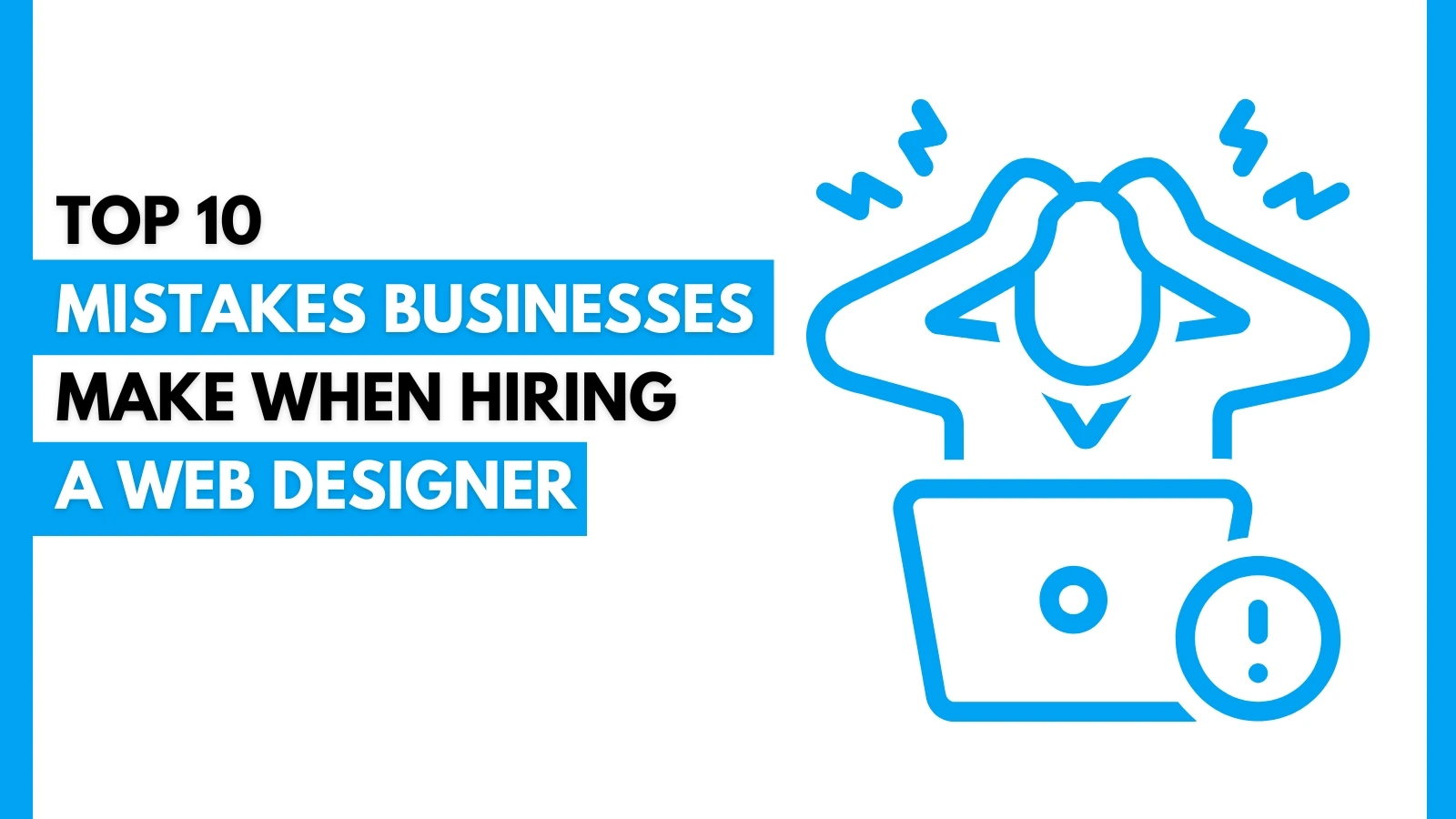
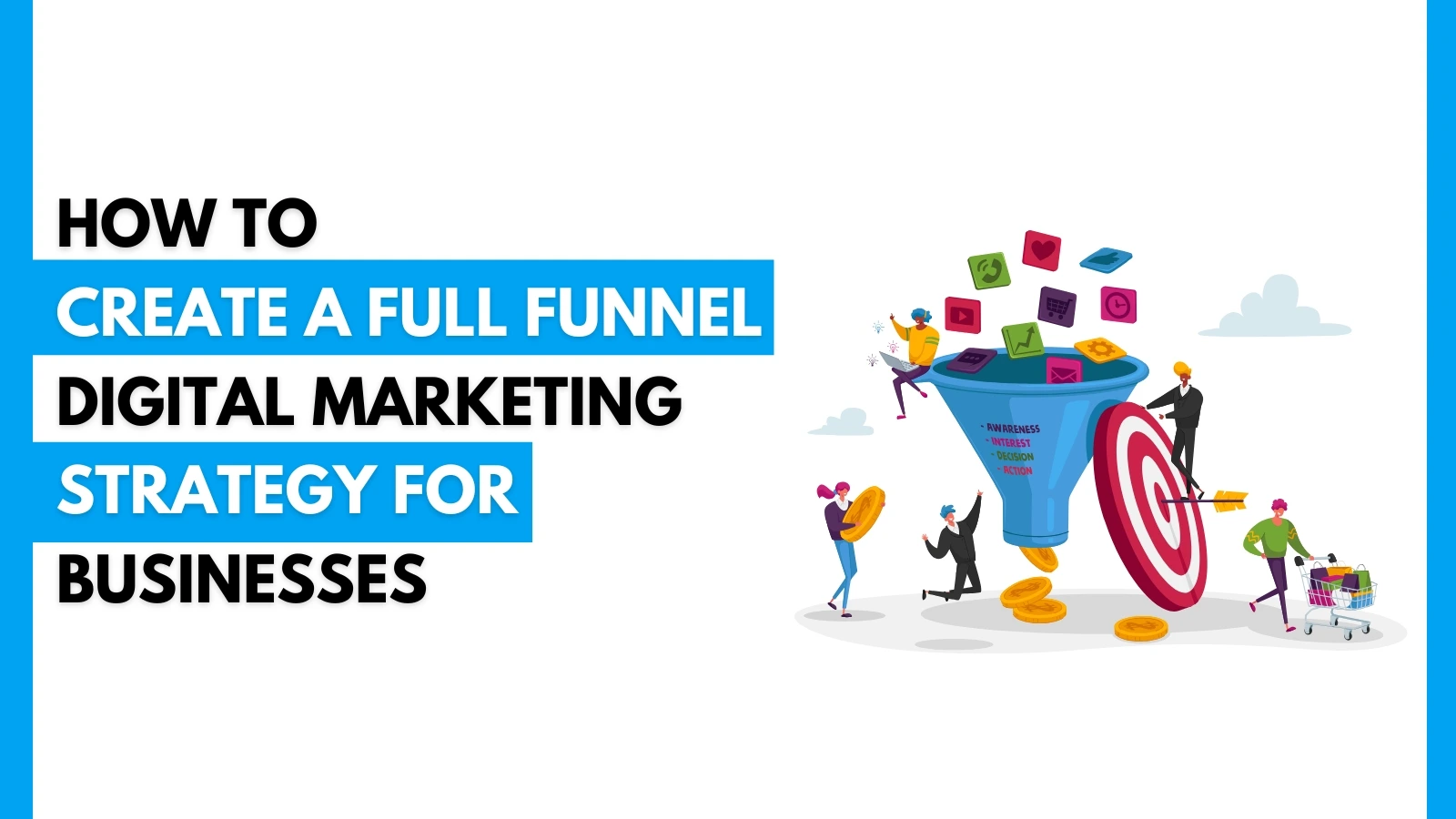
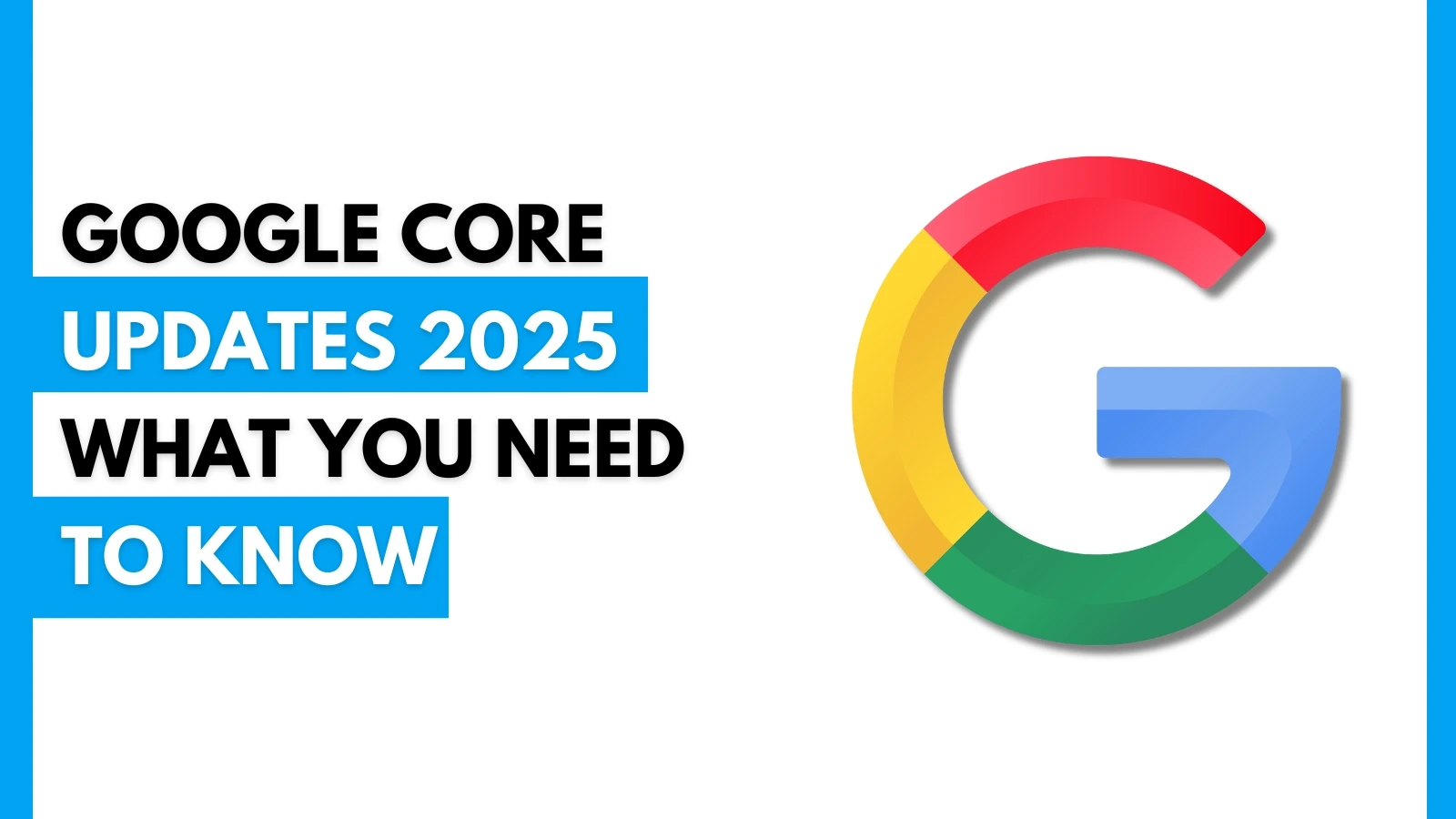
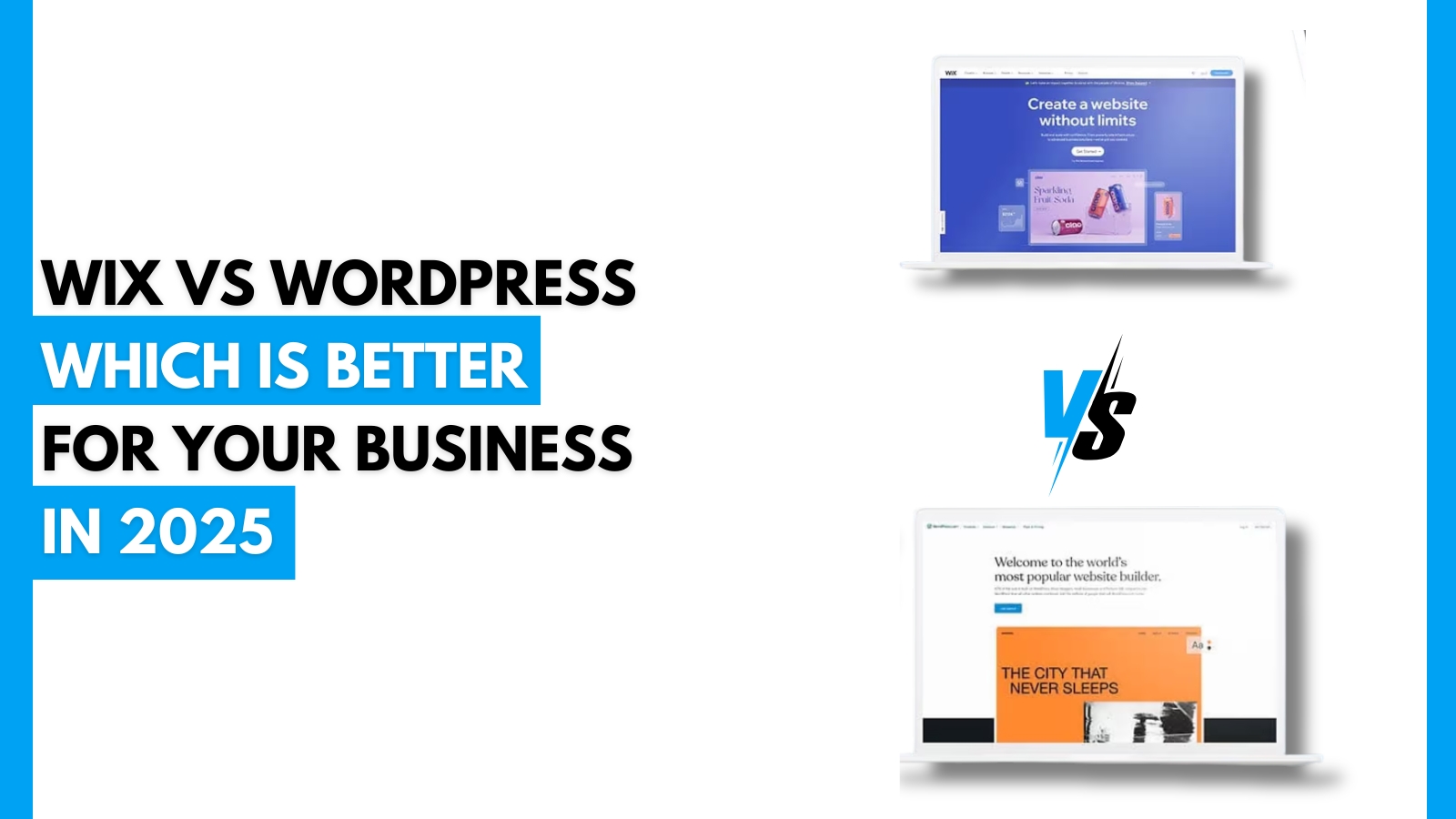




.webp)





















 A Complete Guide.webp)











































.jpg)










 Efficiently.jpg)
.jpg)
























.jpg)
.jpg)
























.jpg)


















.jpg)
.jpg)




























.webp)





.jpg)


















 Campaign.jpg)




.jpg)

.jpg)

.png)



.jpg)



.jpg)
.jpg)
.jpg)



.jpg)








.png)
.jpg)




.jpg)

.jpg)
.jpg)


.jpg)


.jpg)



.jpg)





















.jpg)














.png)





















.jpg)






.png)

.png)



.png)

.png)
.png)



.png)
.png)
.png)
.png)
.png)

.png)
.png)
.png)
.png)
.png)
.png)
.png)
.png)
.png)
.png)
.png)

.png)
.png)
.png)
.png)
.png)
.png)
.png)
.png)
.png)



.png)
.png)
.png)

.png)
.png)
.png)
.png)
.png)
.png)
.png)
.png)
.png)
.png)
.png)
.png)
.png)
.png)
.png)
.png)
.png)
.png)
.png)
.png)
.png)
.png)
.png)
.png)
.png)
.png)
.png)
.png)
.png)
.png)
.png)


.png)
.png)

.png)
.png)
.png)
.png)
.png)
.png)
.png)
.png)
.png)
.png)
.png)
.png)
.png)
.png)
.png)
.png)
.png)
.png)
.png)
.png)

.png)
.png)
.png)

.png)
.png)
.png)
 (1).png)
.png)
.png)
.png)
.png)
.png)
.png)
.png)
.png)

.png)

.png)
.png)
.png)
.png)
.png)
.png)
.png)

.png)
.png)
.png)
.png)
.png)
.png)
.png)
.png)
.png)
.png)
.png)
.png)
.png)
.png)
.png)
.png)


.png)
.png)
.png)
.png)
.png)
.png)
.png)

.png)
.png)
.png)
.png)
.png)
.png)
.png)
.png)
.png)

.png)
.png)

.png)
.png)
.png)

.png)
.png)
.png)

.png)
.png)
.png)
.png)
.png)
.png)
.png)
.png)
.png)
.png)
.png)
.png)
.png)
.png)
.png)
.png)
.png)
.png)
.png)